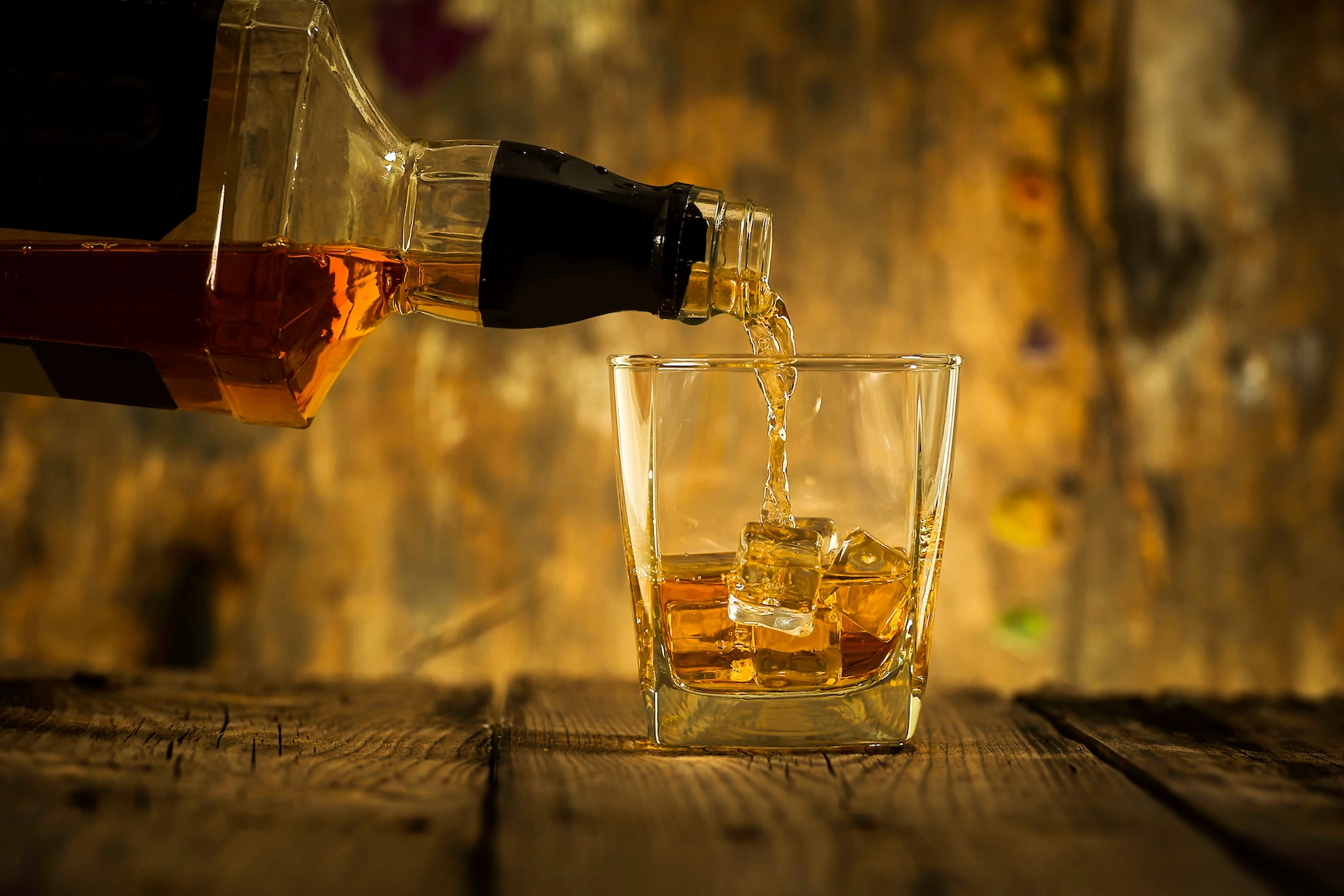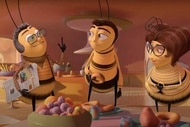Create a free profile to get unlimited access to exclusive videos, sweepstakes, and more!
Gold ions in your drink pave the way to a golden age of whiskey
Raise a glass.

It’s difficult to know if consumer goods are actually what they claim to be. Is that designer bag you bought on vacation the real thing or a convincing forgery? What about the wine you’re drinking, is it worth what you paid? That’s the premise behind Expensive Taste Test (now streaming on Peacock!) and it’s something most of us have to deal with on a regular basis. Every time we buy a new pair of shoes or fill the car with gas, there’s a mental calculus which occurs about whether the more expensive option is worth what it costs, and we’re forced to rely on subjective experience to make those decisions.
Now, scientists have developed an objective test for at least one commonly purchased consumer good: whiskey. The favorite drink of grandfathers and English professors is commonly distilled in wooden casks, often for decades at a stretch. During the aging process, barreled whiskey picks up compounds from the wood in the barrel which influence its color and texture. Those interactions continue over time and result in the “agedness” of a batch of whiskey. In short, it’s a measure of how much flavor the whiskey has soaked up and that value increases over time.
Whiskeys aged for extended periods can command incredible prices, but how can you know if what you’re getting is worth the cost, and how can whiskey makers know they’re delivering the product they intended? Historically, whiskey makers have conducted intermittent taste tests looking for changes in color and flavor profile. It’s a manual process which requires specialized skills and is open to bias from a particular taster’s subjective experience. However, whiskey makers and whiskey drinkers of the future could replace taste tests with a little liquid gold.
Scientists from the University of Glasgow and the Scotch Whiskey Research Institute in Edinburgh used gold salts — ionic compounds of gold — in solution to objectively test a whiskey’s agedness. Their results were published in the journal Applied Nano Materials.
When the gold solution is introduced to a batch of whiskey, the ions interact with the spirit and create gold nanoparticles. The reaction causes the color of the whiskey to change from its typical amber or gold color to a pink or red. Researchers found that the rate at which the color change occurs and the strength of the final color correlates to the agedness of the whiskey.
Experiments were carried out over a six year period, with samples taken from a single barrel of whiskey every six months. At each measurement, the team observed an increase in the speed of the color change as well as the final color’s vibrancy. They did, however, find that the aging occurred more quickly than they anticipated. That might have been a consequence of the barrel and not the whiskey itself. Because the barrel was new, none of the compounds important for aging had been previously leeched out of the wood. The higher concentration of color and taste changing compounds might have accelerated the aging process. That suggests that the agedness of a batch of whiskey is variable and depends largely on the state of the wood in the aging barrels.
To date, aging has been tied necessarily to the literal passage of time. It’s a reasonable measure but might not be the best way to ensure you’re getting the whiskey you want. Instead, the team hopes to quantify a chemical and sensory definition of agedness, irrespective of how long a whiskey has actually aged.
In the future, you might be able to get a 20-year aged whiskey which was actually manufactured much more quickly while retaining all of the taste and color characteristics you want. And you’ll be able to tell exactly how aged it is, all by putting a little liquid gold in your golden liquid. We’ll drink to that. Cheers.


























